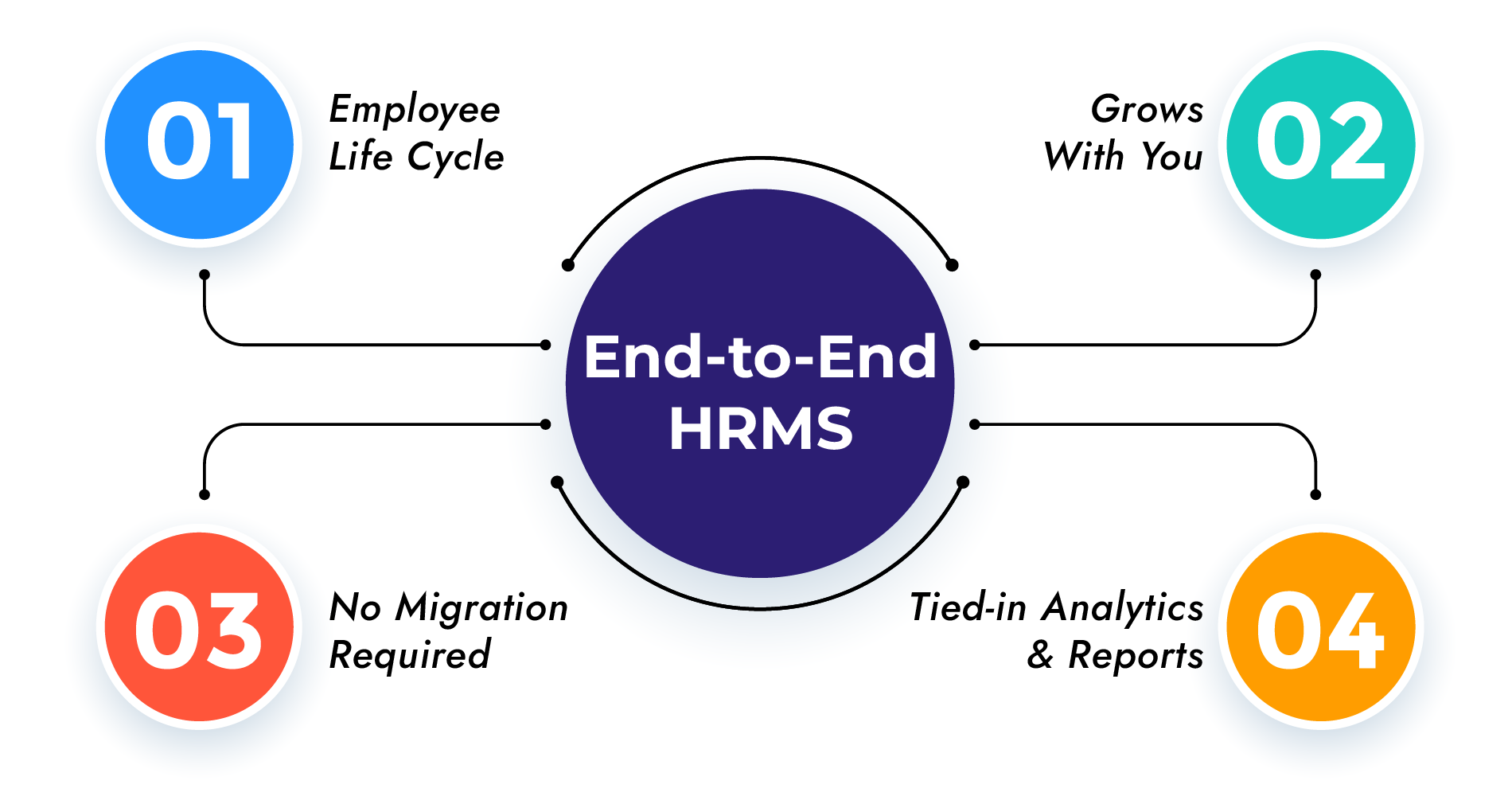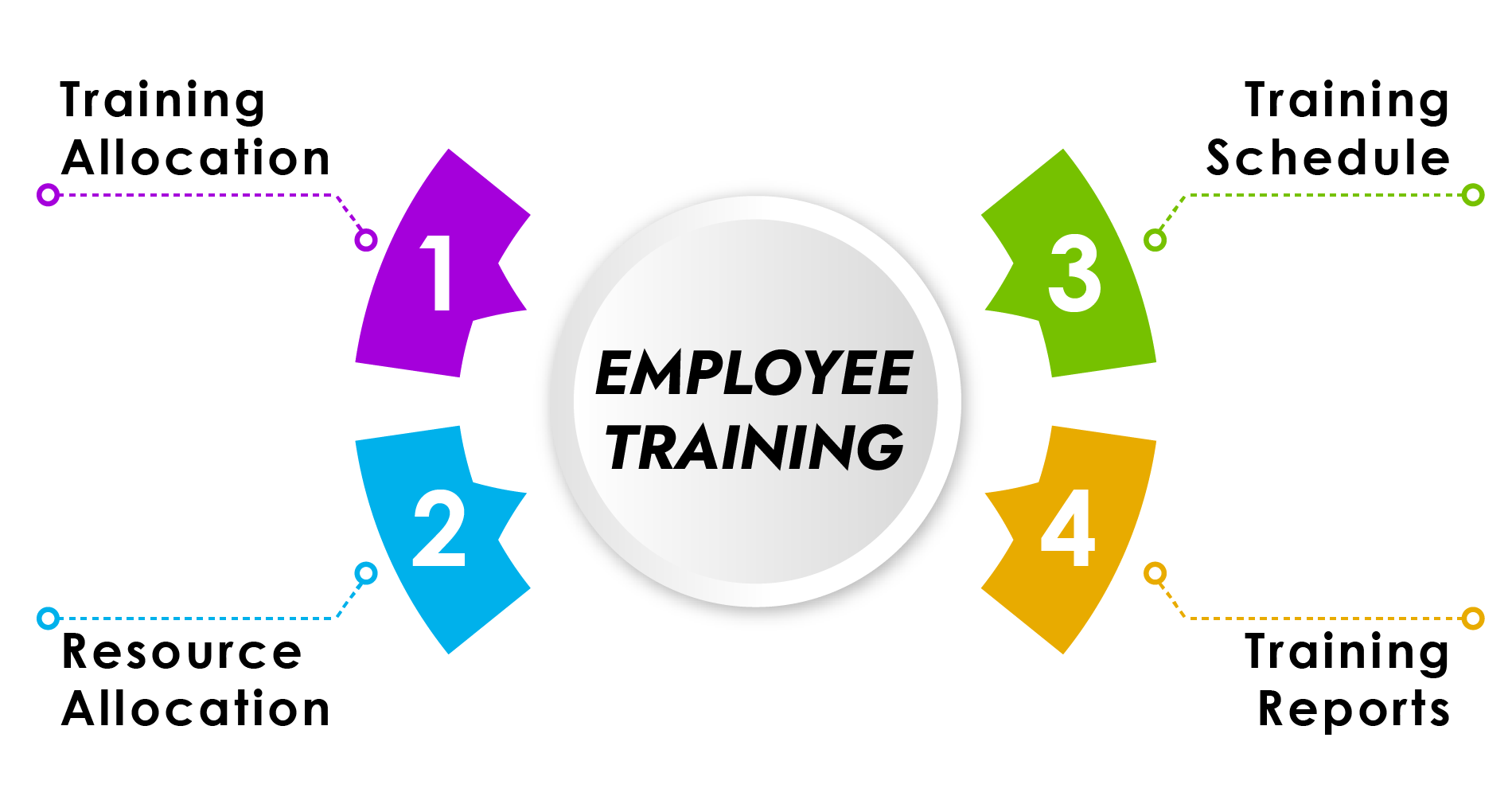“Tracking and Managing fixed assets is very inconvenient. Isn’t there an easy way of tracking fixed assets? Like from your phone or something like that?”
Well, with an efficient FAMS like Spine Assets, Yes, there is a convenient way! Barcode labelling has made the tracking and management of fixed assets easier than ever before. You can create and assign custom Barcodes, QR Codes assign them to your assets for better management.
Listed here are the 4 benefits of Barcode Labelling:
-
 Asset Assignment
Asset Assignment
First off, when you create a barcode for an asset, you have to enter basic information about the asset. Such as the acquisition cost, the employee to whom the asset is assigned to and much more. Assigning barcodes to your assets improves the tracking efficiency of the asset. It also helps you understand the flow of the lifetime of the asset better.
-
Asset Bundling
With a Fixed Asset Management System which allows barcode labelling you can Bundle assets and its components together for faster identification of parent and child components and allocate depreciation accordingly. Now what exactly does “Asset Bundling” here refer to? It refers to creating a parent asset category under which you can then add child assets. In simple words you can create a hierarchy of assets and categorise them.
-
Asset Tracking
Now, the most important feature of barcode labelling- tracking of assets. Tracking refers to the record of the lifecycle of assets. The mentioned asset is with what employee of what branch under what department and so on. Barcode labelled assets are much easier to track as all you have to do is scan the barcode or enter the barcode number to get the exact details of the asset and the life cycle history as well. Barcode labelling has for sure made asset tracking very much easier and efficient.
-
 Notifications & Reminders
Notifications & Reminders
Once you assign a barcode to a particular asset the details of the asset are stored in the system until you manually delete them or the asset has been disposed of. As the details like date of acquisition, services due are saved in the system, it automatically reminds you when the due is nearing. You can get on screen notifications, email reminders and much more! This ensures that you never miss out on any of your services due, licence renewals, etc.
In conclusion, Barcode labelling is essential in a Fixed Asset Management System as it not only makes things convenient but it also makes the whole asset life cycle tracking, from acquisition to disposal, easier than ever!
If you would like to know more about a Fixed Asset Management System, you would like to read Why is a Fixed Asset Management System important & Why do you need to automate it? If you are an organisation with major IT Assets, you should also read How does a FAMS help in managing IT Infrastructure?
Looking for a Fixed Asset Management System which allows Barcode Labelling and other major FAMS Features? Then you should definitely check out Spine Assets.


 Automates Processes
Automates Processes














